Judge's comment
"A curious and fascinating exploration of bio-materials. SOLE feels like a glimpse into the future. Bio-materials with anti-fungal properties used to craft objects. What a marvellous invention!" | 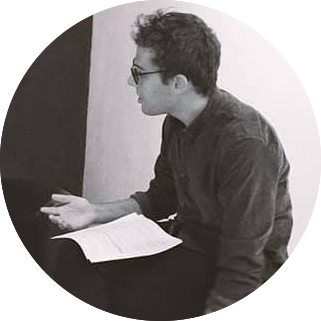 Jack Solloway Jack Solloway |
About the author
What attracted you to the artform? Was there a particular inspiration?
My inspiration is that I had eczema when I was a child, and my mother often used Herba Artemisiae to soak my feet. In my impression, when I was sick, I drank herbal medicine, so it has a very important influence on me. So I am thinking about is it possible to use herbal medicine and other natural materials to make products.
How did you learn to do this artform? Were there any challenges?
During the one year period of studying at the Royal College of Art, I have a communication and guidance with my tutor and technician of bio lab. Then I tried to use different ingredients and continuous experimental testing. Finally, I came up with relatively stable final products.
Yes, there are some challenges. Firstly, different ratios lead to different degrees of hardness, so I need to do a lot of tests to figure out which ratio is what I want, so I also need to adjust the ingredients to perform different tests and make it less prone to mold. Secondly, for the color test, I chose to stain the peels at the beginning, but they were difficult to extract the color, so I chose the color of natural herbs at this stage, and planned to test it through acid-base dyeing experiment in the future.
What is a tip that you would give to somebody else looking to get started in this artform?
First of all, determine what topic you want to do and what you are interested in, so as to get the key information through research and draw conclusions through continuous testing and experiments.
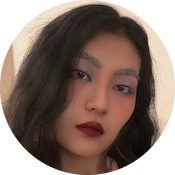 | Yiyuan Bai comes from China, as an interdisciplinary material maker, she focuses more on making sustainable materials and tends to develop materials into products, accessories or art installations according to their own characteristics. During the one year Textiles master’s degree at the Royal College of Art, her works have won awards in the International Environmental Protection Art Creation Contest and CADA Japan Concept Art Design Competition. |

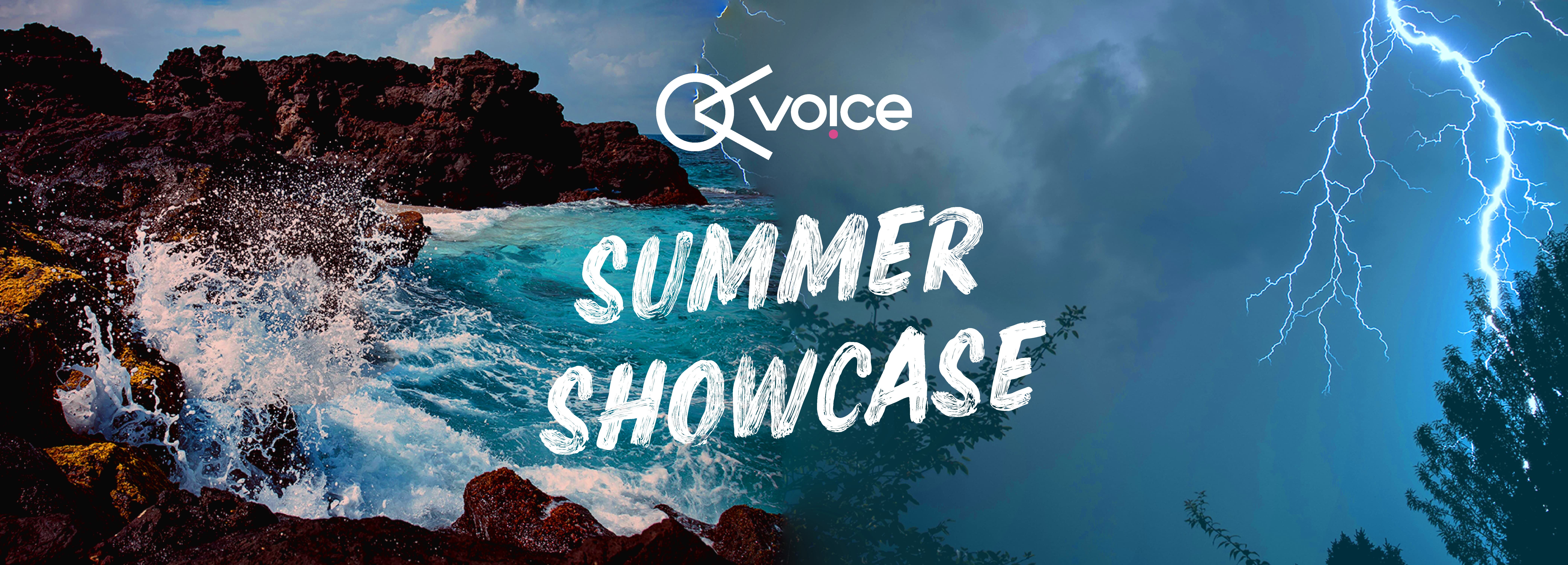

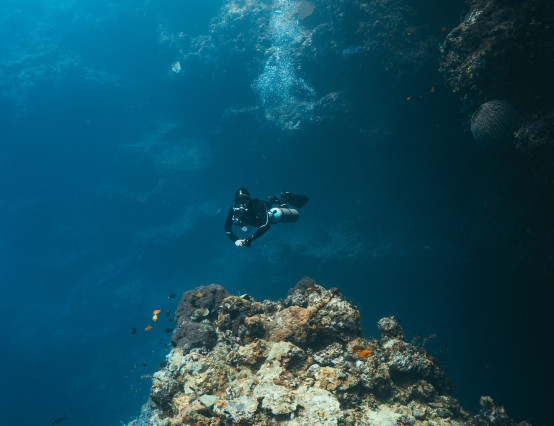


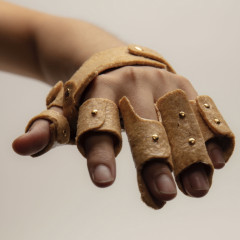

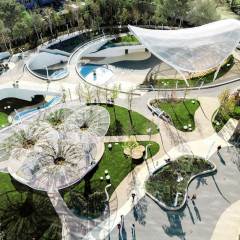
0 Comments